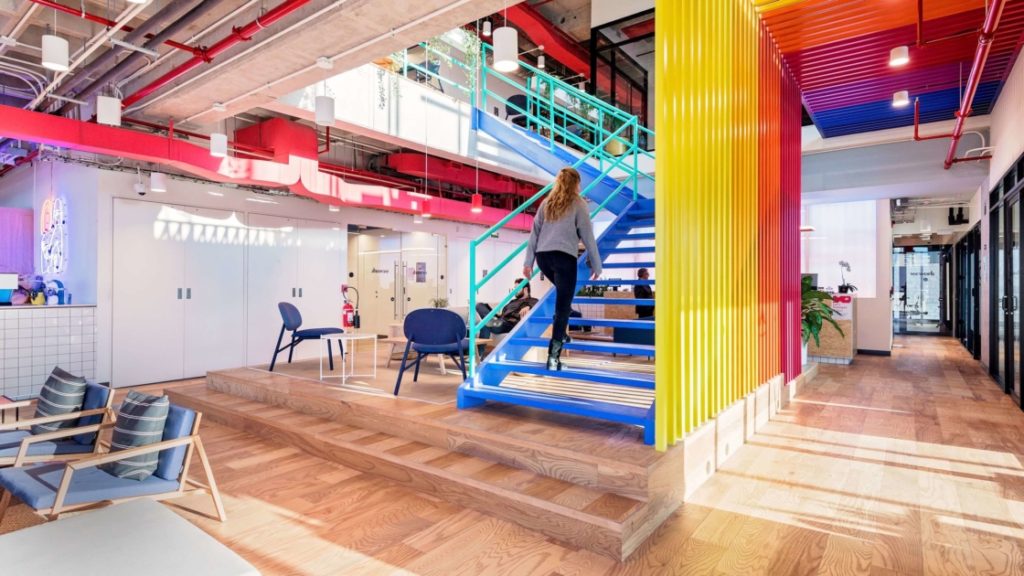Have you ever showed up to another office for a meeting and been met with total disarray? (I’m talking mismatched furniture, piles of unfiled paper, and someone’s lunch from last week still sitting out in the break room). It’s not a good look. Regardless of how great the actual meeting went, I’m guessing you didn’t walk away excited by the prospect of partnering with that business.
Office set-up is about more than just aesthetics—it’s a communication tool that sends a message to your clients about what to expect from your brand. It is also a powerful way to instill your company’s culture in your employees.
Whether you’re an entrepreneur working from home or a CEO in a corporate office, here are the five basic design tips that will help ensure your business’ long term success.
- Declutter
This simple first step cannot be overstated.
Start your redesign process by taking inventory of all office furniture and miscellaneous items, determining whether each item is either A) functional or B) visually pleasing. Get rid of anything that doesn’t fit into one or both of these categories.
Once you’ve gotten rid of all the unnecessary junk, it’s time to organize. Wrangle and tuck away all visible cords (no cords should stretch across walkable floorspace—buy a cable organizer or an extension cord to line the wall). All items not used every day should be stored out of sight in drawers or cabinets.
- Create opportunities for movement
Sitting down all day can be, ironically, exhausting. Get creative with your office design by providing alternatives to standard seating, such as stand-to-sit desks, balance ball chairs or a communal couch area. It is also wise to place shared devices like printers, copiers and waste bins in a central location so that employees can get up and stretch their legs throughout the day.
- Consider color carefully
Familiarize yourself with the psychology of color, and choose a color scheme accordingly. Blue, for example, communicates intelligence, trust, communication and efficiency, making it a great choice for office accents.
Learn more about color psychology here.
- Add personality
A little life goes a long way in a corporate setting. Think green! Plants (real or realistic-looking) are an easy way to spice up the office and improve air quality. Plus, research shows that employees in workspaces with plants are 15% more productive. There are plenty of low-light options (pothos, peace lily, etc.) if your office is lacking heavy sunlight.
Desk knick-knacks are another good way to add personality—but be selective, or you’ll find yourself back at step #1). Choose objects that will inspire your work, like a photo of your family or a small vision board.
- Set an expectation of cleanliness
In a professional setting, cleanliness is next to godliness. Because this design element requires the collaboration of everyone in the office, make it a clear expectation from the get-go. If everyone takes a few minutes to clean their desks at the end of each day, wash their dishes before heading home, and collect whatever personal belongings are beginning to pile up, the office will never get out of hand.
Want more office productivity tips? Subscribe to our blog, and let us know in the comments what topics we should write about next!

